Learn what KPIs or key performance indicators are, why they are important in electronic commerce and the types of KPIs that exist, and then focus on sales KPIs.
As Thomas Hobbes said in the 1668 version of Leviathan "Knowledge is power"
But many companies still don't know how to use their data in the right way.
With the ease of access to digital analytics today, it is a serious mistake not to know how to take advantage of this golden opportunity.
So I'm going to explain what a KPI is, why they are important in e-commerce and what are the key performance indicators for main sales.
Let us begin!
What is a metric?
The first thing is to understand what a metric is, how we can define it.
It's very simple.
A metric, also known as business metrics, is nothing more than a measure that you record to track some specific aspect of your business activity and measure the success or failure of its performance.
That is, a metric is a quantifiable measure that is used to track progress and assess success or failure.
I am going to give you an example so that you understand even better what metrics are.
Imagine that one of your business goals is to get 100,000 visitors per month to your online store.
Knowledge is power, but you have to know how to use it.
You could take all of the raw website data from Google Analytics and track unique visitors (removing those that come in more than once a month) so you can measure progress towards your goal of getting 100k monthly visitors.
So monthly visitors to your online store become one of your metrics.
There are a lot of different metrics: Clicks, new sales percentage, subscription revenue…
In short, metrics are just a way of measuring things and some metrics can be used as KPIs, but not all.
What is a KPI?
Surely you have seen this word many times, and you have wondered...
A KPI, what is it?
A KPI (Key Performance Indicator), known in Spanish as Indicador Clave de Rendimiento, is a metric that helps us identify the performance of a certain action or strategy.
That is, it is a quantifiable value that is used to track the progress of the objectives that you have established, whether they are individual, team or company objectives.
KPIs are very valuable indicators since monitoring the right KPIs allows business owners to make better decisions regarding conversions, revenue, marketing...
They are a tool that makes it possible to accurately and relevantly determine the good progress of the online store.
In short, KPIs are usually the product of mathematical operations based on the metrics, explained above.
Why are KPIs important in e-commerce?
As I have already told you, KPIs are a very valuable tool.
Because?
Because they allow ecommerce owners to make informed decisions about revenue, marketing tactics, customer experience in their online store, as well as other areas of importance.
They are used to determine which strategies are working and which are not, so that you can make the decisions necessary to move your business forward and improve.
If you do not understand the results of your strategies, you will not be able to develop your business effectively and advance your goals.
With the KPIs you can have a clear and precise idea of your business that will help you make strategic and information-based decisions.
Therefore, you cannot leave the growth of your business in the hands of luck or personal intuitions, since this can work for you from time to time, but in the long run it is dangerous.
Types of KPIs that exist
There are many types of KPIs that you can use in your business.
When talking about e-commerce, in this case the KPIs are generally grouped into 5 categories:
Sales
Sales KPIs are measures that indicate how your business is doing in terms of conversions and revenue.
Do you want to know what has happened during a period of time?
Well, you should know that it is possible, both to consult the sales KPIs related to a specific channel, during a period of time, an employee...
Marketing
These indicators tell you how well or poorly you are doing in relation to your marketing and advertising objectives.
Do you know why marketing managers use KPIs?
Very easy!
To understand what products they sell, who is buying them, how they are buying them, and why they are buying them.
Analyzing KPIs to learn those details helps them market their products in a more strategic way in the future.
Customer Support
These KPIs indicate how effective your customer service is and if you really meet their expectations.
So how important is measuring and tracking these KPIs?
Very important!
Because measuring and tracking these key performance indicators will help you ensure that you are providing a positive customer experience.
manufacturing or manufacturing
These key indicators, as the title "Manufacturing or manufacturing" says, refer to the supply chain and production processes.
The results of these KPIs keep you informed about where you have efficiency problems, as well as to help you understand the productivity of your business and the expenses you incur.
Project management
What are project management KPIs for?
These indicators provide information about the performance of computers and the completion of specific tasks.
As you well know, each project or strategy that you carry out in your e-commerce business has different objectives and as such they must be managed differently with different processes and workflows.
Also, project management KPIs are generally agreed at the beginning of the project.
Sales KPIs - what are the key performance indicators for sales?
Next I am going to explain in more detail what KPIs can be used to measure sales, that is, I am going to give you examples of Key Performance Indicators for sales.
Go for it!
Average order value
The first thing to do is understand what the Average Order Value is, also known by its acronym in English AOV.
How is this sales KPI known in Spanish?
You will be wondering for sure.
In Spanish it is known as “Valor median del pedido”.
But what is AOV?
Average Order Value refers to the average amount of money that customers spend on a single purchase.
That is, it tells you how much your customers typically spend on a single order.
The formula to calculate the average order value is simple:
Total revenue / Number of orders
I'll explain it better with an example:
If you sell €1,000 worth of goods in a total of 10 transactions, what would be the average order value?
VERY EASY!
€1,000 / 10 transactions = €100
According to Andrea Rijna of Sana Commerce , a good starting point is to start with monitoring “Average Order Value”, despite there being many other important KPIs to focus on.
Rijna also says that increasing average order value is one of the most efficient ways to increase your ecommerce revenue.
This key performance indicator can and should be measured every x time, in order to see how it evolves and take the necessary actions to continue improving.
Why is it so important to know what your AOV is?
Because if you track average order value, your business can:
- Set a benchmark for your AOV.
- Improve the budget you spend on advertising and marketing.
- Develop strategies that help increase average order value.
- Measure the success of your AOV improvements.
But you may be wondering how you can increase the AOV, right?
Well, there are a number of tactics that can help you increase that number.
Implement cross-selling and up-selling strategies
Make it easy for customers to add more items to the cart before they check out, this will help you increase sales and therefore the average order value.
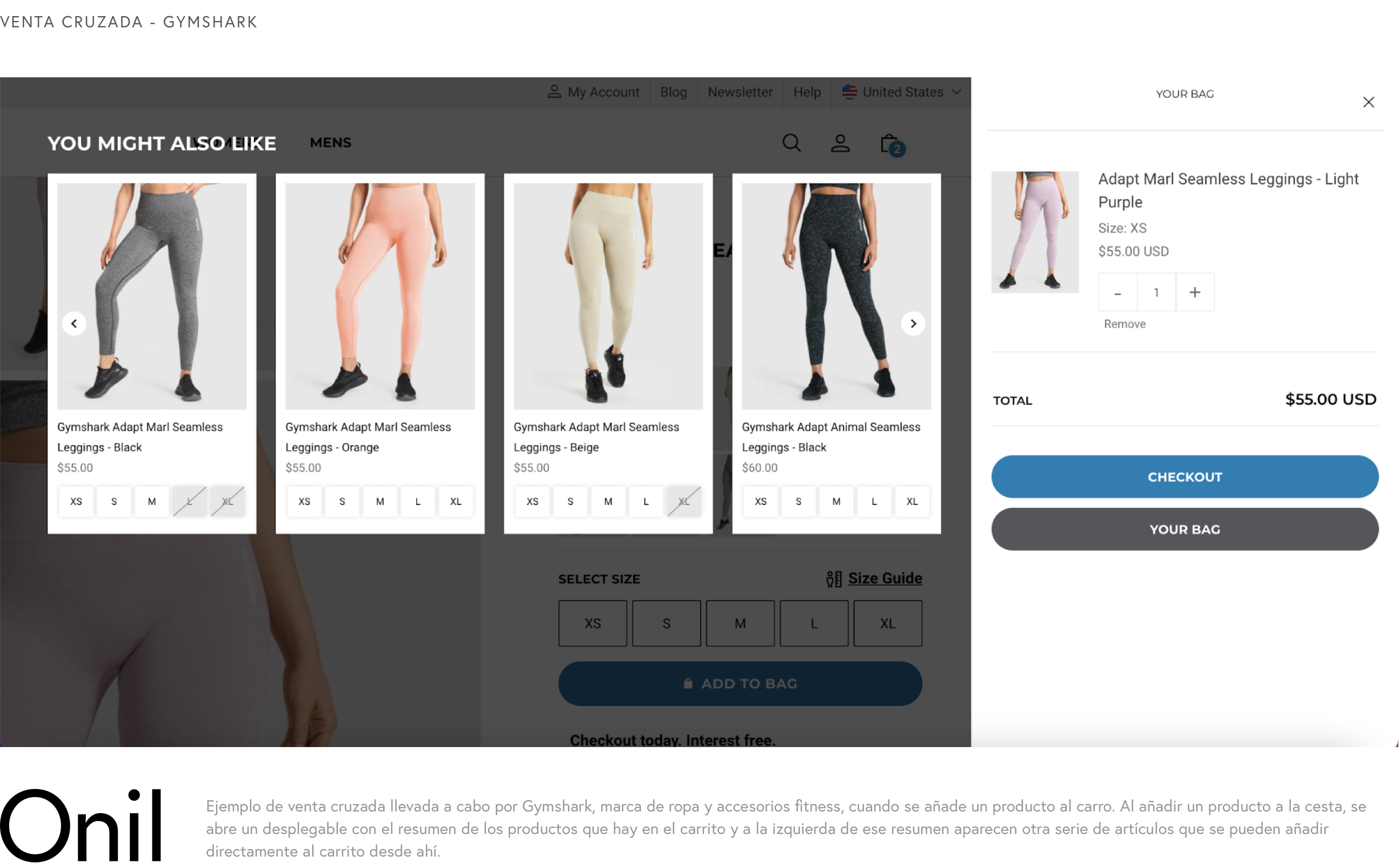
You can learn more about cross-selling and how to implement it in your e-commerce in our article “ Complementary selling, how to arouse customer interest? ”
Create product packages
Do you sell products that can go well with others or with many accessories?
If so, you can choose to create product bundles for your buyers.

In this way, you improve the customer's shopping experience in addition to increasing the average order value, since the expense is higher than if you only bought a separate product.
Offer discounts from a minimum spend in the store
You can offer the customer a discount of €5 if they spend more than €50 in your store or free shipping from €50.
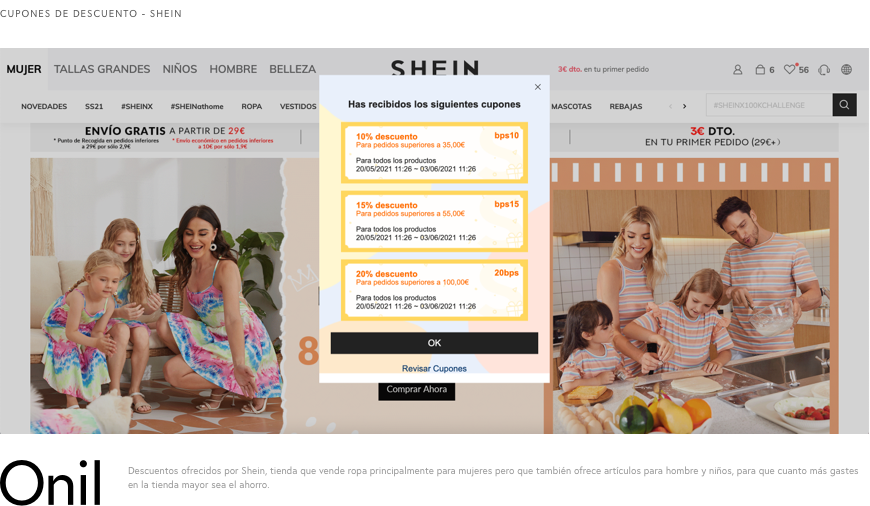
In this way, you motivate the customer to spend more in your store to be eligible for those incentives, which increases the AOV.
Conversion Rate
The Conversion Rate known in English as Conversion Rate, or by its acronym CR, refers to the percentage of visitors to your website that become customers.
What is the formula used to calculate the Conversion Rate?
(Total number of conversions / Total number of visitors to your website) x 100
I think it's easier to see with an example:
Imagine that you have made 10 sales and that you have had 100 visitors to your website.
So, if we apply the formula:
(10 / 100) x 100 = 10%
The result would be that you have a conversion rate in your store of 10%.
But what does a high or low conversion rate mean?
Easy!
A high conversion rate indicates that you are convincing many visitors to buy your products or services.
While a low conversion rate means that there are few customers ready to buy or that the traffic that comes to your website is not the right one.
The question now would be, what figure is considered a good conversion rate?
The answer varies, as it depends on the type of industry you are in. What is a good conversion rate for one industry may be too low for another.
In the case of ecommerce, it will also depend on the sector you are targeting .
As you can see in the following graph, the sector with the highest conversion rate is related to arts and crafts and the one with the lowest rate is the Babies and Children sector.
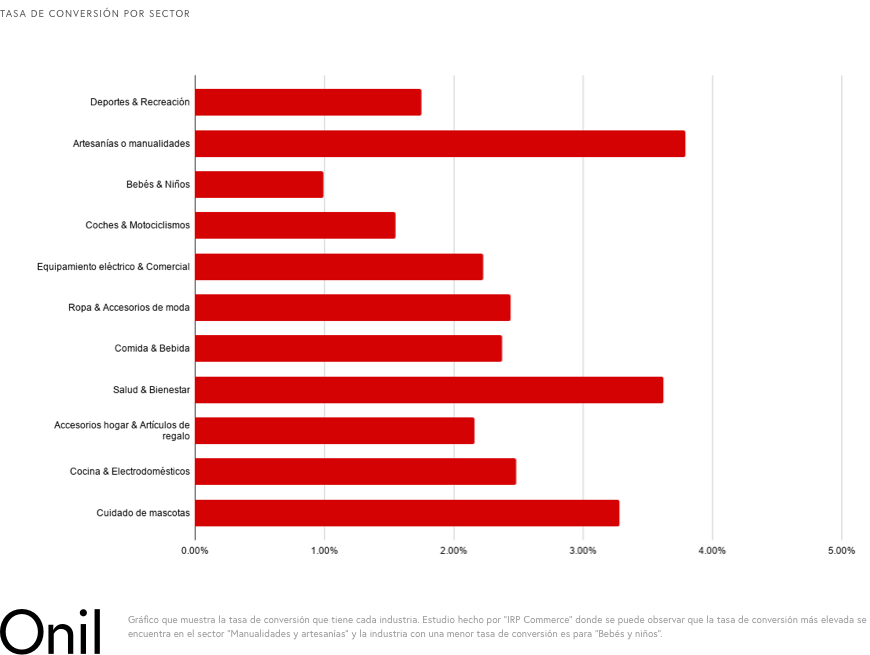
But the conversion rate never reaches 4%.
So if your goal is to increase the conversion rate of your online store, the first thing you have to do before making any changes is to ask yourself the following:
- Where is the average conversion rate for my industry?
- Is my conversion rate low because the products I sell have a high price or because they prefer to buy in a physical store instead of in my online store?
- Are there easy ways to make it easy for customers to convert?
Do you want to know some tactics to improve the conversion rate of your online store?
I am going to give you some tips that you can apply in your store:
Use high-quality images and videos on your product pages
This is very important since in an online store, the customer does not have the possibility to see or touch the product.

For this reason, having careful, high-resolution images where the product can be seen from different perspectives is vital and improves the customer experience, helping them make the decision to buy.
offer free shipping
Nowadays, if you don't offer free shipping in your store for all orders or from X amount, you're lost.

Because if you don't offer this possibility to the customer, they will look elsewhere that sell similar products but with free shipping.
Allow users to shop as a guest
Surely you have already seen this option in many other ecommerce.
It is simply allowing the user to make a purchase without having to create an account in your store.

Since many times forcing the user to register can make them leave the page and not buy.
These are just 3 of the many tactics that you can apply in your online store to increase the conversion rate, we will address more strategies to improve this rate in a future article.
Shopping Cart Abandonment Rate
Product abandonment in the cart is something that all ecommerce owners have to deal with.
I guess in your case, it's also one of your daily headaches, right?
The first thing to know is what this sales KPI is.
Go for it!
This sales KPI known in Spanish as "Shopping Cart Abandonment Rate" tells you how many visitors are adding products to the cart but leave the store without finally buying it.
According to Ben Johnston of Sagefrog Marketing Group : "Cart abandonment rate is one of the most important KPIs for e-commerce."
What formula is used to calculate this key performance indicator?
1 - (Total number of completed purchases / Number of shopping carts created) x 100
As in the previous cases, I am going to give you a small example so that you can understand it better.
Imagine that you have 1,500 completed purchases in your online store and 3,800 shopping carts created.
What is the abandoned cart rate of your online store?
It is as simple as applying the formula:
1- (1,500 / 3,500) x 100 = 57.14%
But where is the average cart abandonment rate?
According to several ecommerce studies , the average shopping cart abandonment rate is 69.80%, and the most recent study carried out by Freshrelevance shows 57.60%.
What reasons can a customer who has added products to the cart have for leaving the store before making the purchase?
The reasons can be varied:
- The cost of the product or products
- shipping cost
- You have to create an account to be able to buy
- Having to use a specific payment method, that is, little variety of payment methods
- A complicated checkout process with many steps and information to fill out
These are just a few of the reasons why a customer may abandon the cart with products, but there are many more.
Once you are able to find out what reasons the customer has for leaving the store without completing the purchase, you can take different actions to try to solve the problem and reduce the cart abandonment rate.
Here some of them:
To send e-mails
You can send emails reminding them that they have left forgotten products in the cart so that they can complete the purchase before they run out.
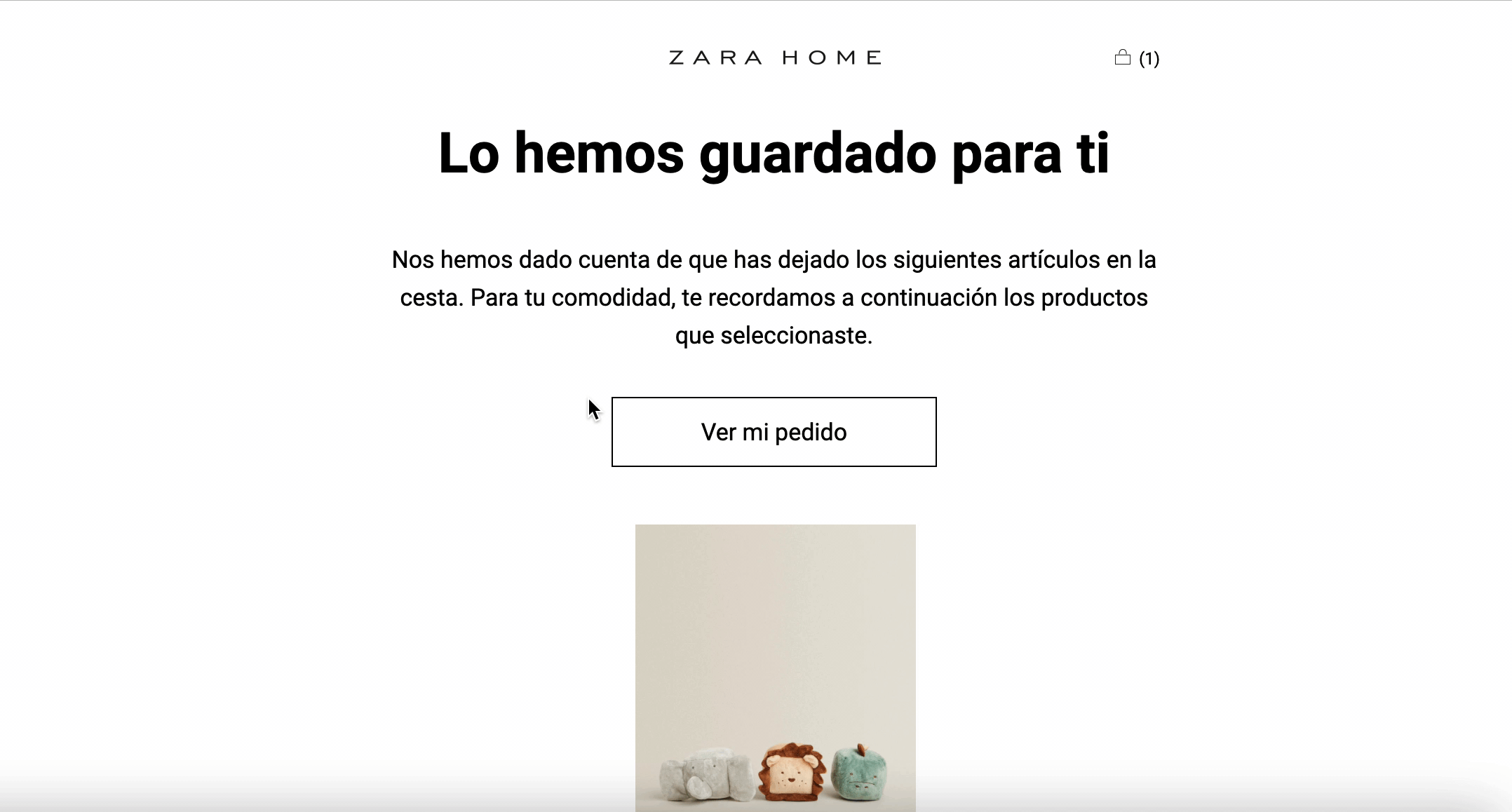
offer a discount
You can offer them a discount to encourage them to finish the purchase they had started in your online store.
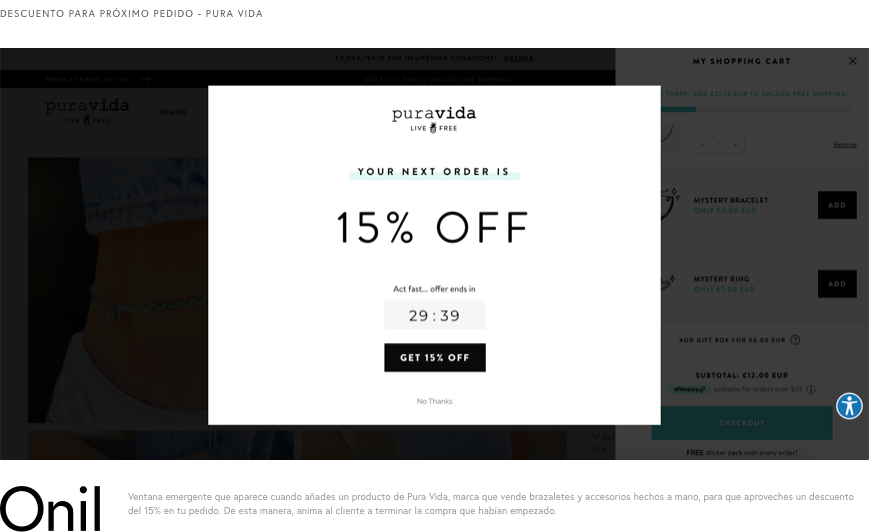
Make the payment process super easy
You can make checkout as easy as possible, reducing unnecessary steps and allowing the user to make a purchase without creating an account.
These are just some of the actions you can take to reduce your store's abandoned cart conversion rate.
Customer Lifetime Value
The CLV or “Customer Lifetime Value”, known in Spanish as “Ciclo de vida del cliente”, is:
“The total amount of money that a customer spends in your online store throughout the business-consumer relationship”
This is from his first purchase to the last, in which he never buys from you again.
It's very simple, right?
CLV focuses on building your current customer base by selling more to them, rather than trying to get 1,000 new customers who only buy from you once.
What is the formula used to calculate this indicator?
Simple!
Average purchase value X no. of times that the customer buys each year X num. of years that the company-consumer relationship lasts
Once again, I will give you an example:
If a customer spends an average of €100 in your online store and buys from you 5 times a year for 10 years, what would the customer's life cycle be?
Apply the formula and voila!
€100 X 5 times X 10 years = €5,000
The CLV would be €5,000
But how can you improve the customer life cycle?
There are many ways to increase this rate, I am going to show you some of them.
Facilitate the purchase decision to the customer
Offering a wide range of products is a wonderful thing, but whenever there are too many product options to choose from, it can leave users feeling lost and wondering what to choose.
In this case, in order to be successful and make it much easier for the customer to decide which product to buy, it is advisable to work on navigation.
Because?
Because in this way, the customer can explore your store without problems and find what they need quickly and easily.
You can also use what is known as Mega-menus that allow you to add subcategories, images, highlight collections and other types of filters.

Making it easier for the customer to make the purchase decision improves the cart abandonment rate, overall customer satisfaction, and customer loyalty to your store and products.
Suggest Complementary Products
Using sales techniques such as offering related products, cross-selling or up-selling correctly can help improve the customer life cycle rate.
Cool sneakers can work on their own, but if you add socks or shoelaces that perfectly match the sneakers you're about to buy, it makes the user experience even better.
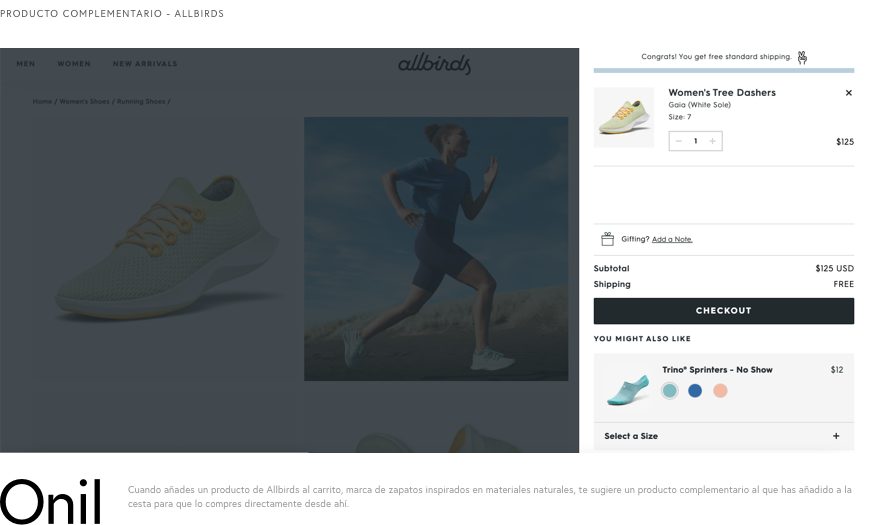
Use stock alerts to notify customers
When a customer enters your store and the product they want to buy is not available in the size they are looking for, what better way than to make it easier for them to know when it is back in stock so they can buy it?
Allowing the user to enter their email address to be notified when it becomes available again is very beneficial for both the customer and the store owner.
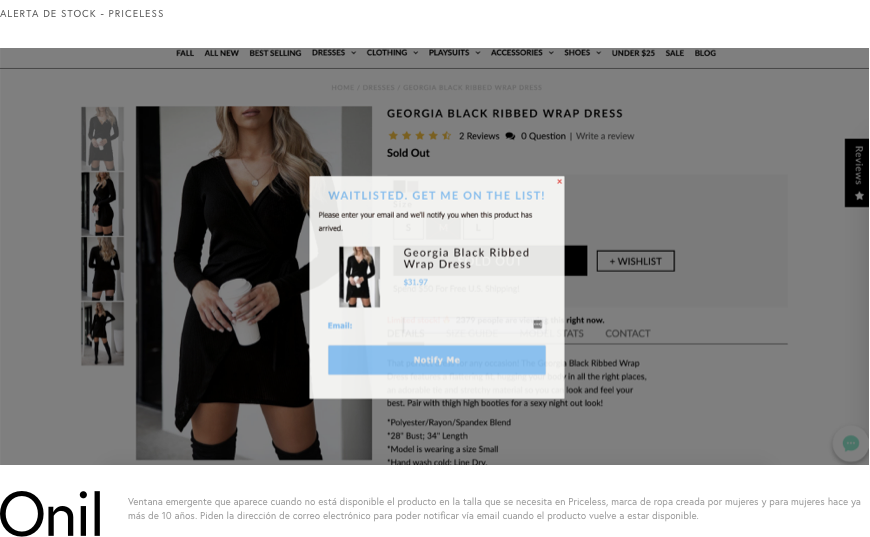
The customer can not worry about having to go to the store every day to see if the product they want is back in stock and the store owner gains a customer that he would otherwise probably lose.
Using this type of alerts improves the customer's shopping experience, improves their satisfaction, which translates into more sales and greater loyalty.
Churn Rate
Churn Rate, known in Spanish as "Abandonment Rate", is a metric that describes the number of customers who leave the business during a given period of time.
Despite being a very important KPI for any type of business, the calculation of the Churn Rate is extremely important in companies that offer subscriptions.
So how is this KPI calculated?
((Users at the beginning of the period - Users at the end of the period) / Users at the beginning of the period) x 100
As always, I'm going to give you an example.
Imagine that you have 2,520 subscribers at the beginning of April and at the end of April 2,020 subscribers.
All you have to do is apply the formula
((2,520 - 2,020) / 2,520 )= 19.84%
But, what is the most recommended abandonment rate?
Although there is no single valid answer since it depends on the type of business you have, the monthly abandonment rate according to Baremetrics is between 3-5%, although the lower this number the better.
And how can this dropout rate be reduced?
You have to talk to your customers, understand what drives them to unsubscribe, such as through surveys.
Then, with the responses collected from those surveys, develop an action plan to improve those weak points.
Customer Acquisition Cost
Known as “Customer Acquisition Cost”, it is nothing more than the average amount of money you spend to get a new customer.
The formula to calculate this KPI is very simple:
Customer acquisition costs / Number of customers acquired
Imagine that in a month you spend €3,000 in sales and marketing and get 50 new customers.
What would be the cost of customer acquisition?
Applying the formula:
€3,000 / 50 = €60
This means that it would have cost you €60 to get each client.
But how can you improve your “Customer Acquisition Cost”?
That is, how can you reduce this cost?
You can carry out different strategies, such as the ones that I am going to explain below.
Improve copy and customer experience in your online store
In this way you will get more clicks to convert into sales.
A higher conversion rate means that you don't need to increase traffic to your store as much in order to generate the same amount of revenue.
Improve the SEO of your online store
Get more organic traffic thanks to SEO efforts.
Not having to pay to get that traffic to your store, the customers you get thanks to this strategy significantly reduces the CAC.
If you want to improve the SEO positioning of your Shopify store, take a look at our article " Improve SEO positioning Shopify: How to appear in the first positions ".
Increase average order value
Increasing the spend that customers make in your online store also helps to reduce the CAC.
You can carry out cross-selling or up-selling strategies that motivate the user to add more products to the cart and therefore increase their average order.
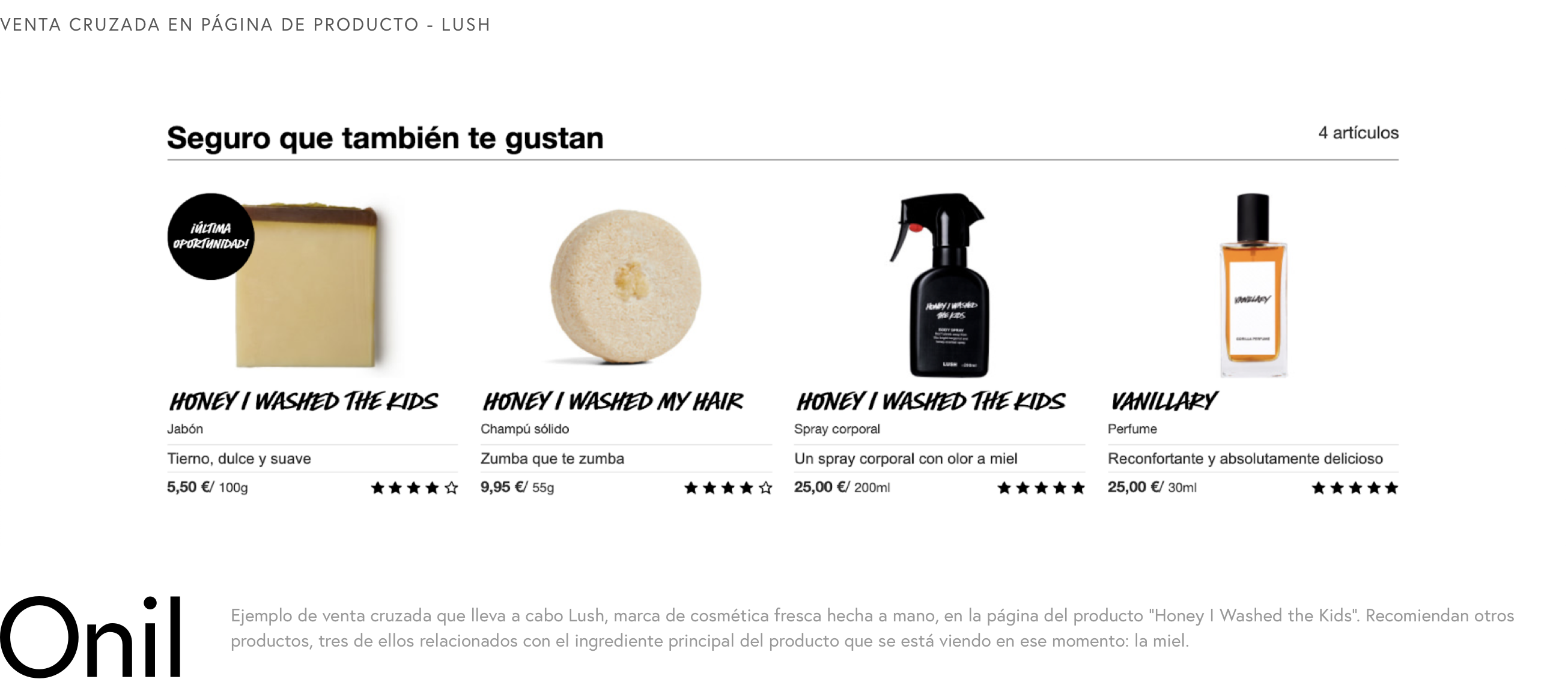
Repeat Purchase Rate
In Spanish known as "Repeated purchase rate", it refers to the number of customers who return to your website with the aim of making another purchase.
This rate shows you how loyal your customers are to your online store.
The more customers come back and buy two, three, or even 10 times, the more loyal and valuable your customers will be.
Now that you know what the RPR is, I am going to explain to you what formula is used to calculate this rate.
(Number of customers who have purchased more than once / Total number of customers) x 100
As always, better to see it with an example
In the month of April you have had 1,000 customers, of which 650 have bought from you more than once in the store that same month.
So, what is your store's RPR for the month of April?
Apply the formula:
(650 / 1,000) x 100 = 65%
Which means that the repeat purchase rate is 65% in the month analyzed.
What strategies can help increase this rate?
I am going to show you some tactics that you can implement in your online store to increase the repeat purchase rate.
Incentivize a second purchase
Offering the customer a coupon or discount code that they can apply to get a price reduction on their second purchase can make them come back and buy again from your online store.

Whenever a discount is offered there is a risk that customers will start waiting for discounts to buy if coupons are used excessively.
But if coupons are used correctly and with a well-defined marketing strategy behind them, they are a great way to encourage consumers to come back to buy from your store.
Implement loyalty programs
Another way to encourage customers to make another purchase is through loyalty programs.
But what is a loyalty program?
A customer loyalty program is a customer retention tool whose goal is to keep and attract existing customers, encouraging them to buy larger quantities and more frequently.
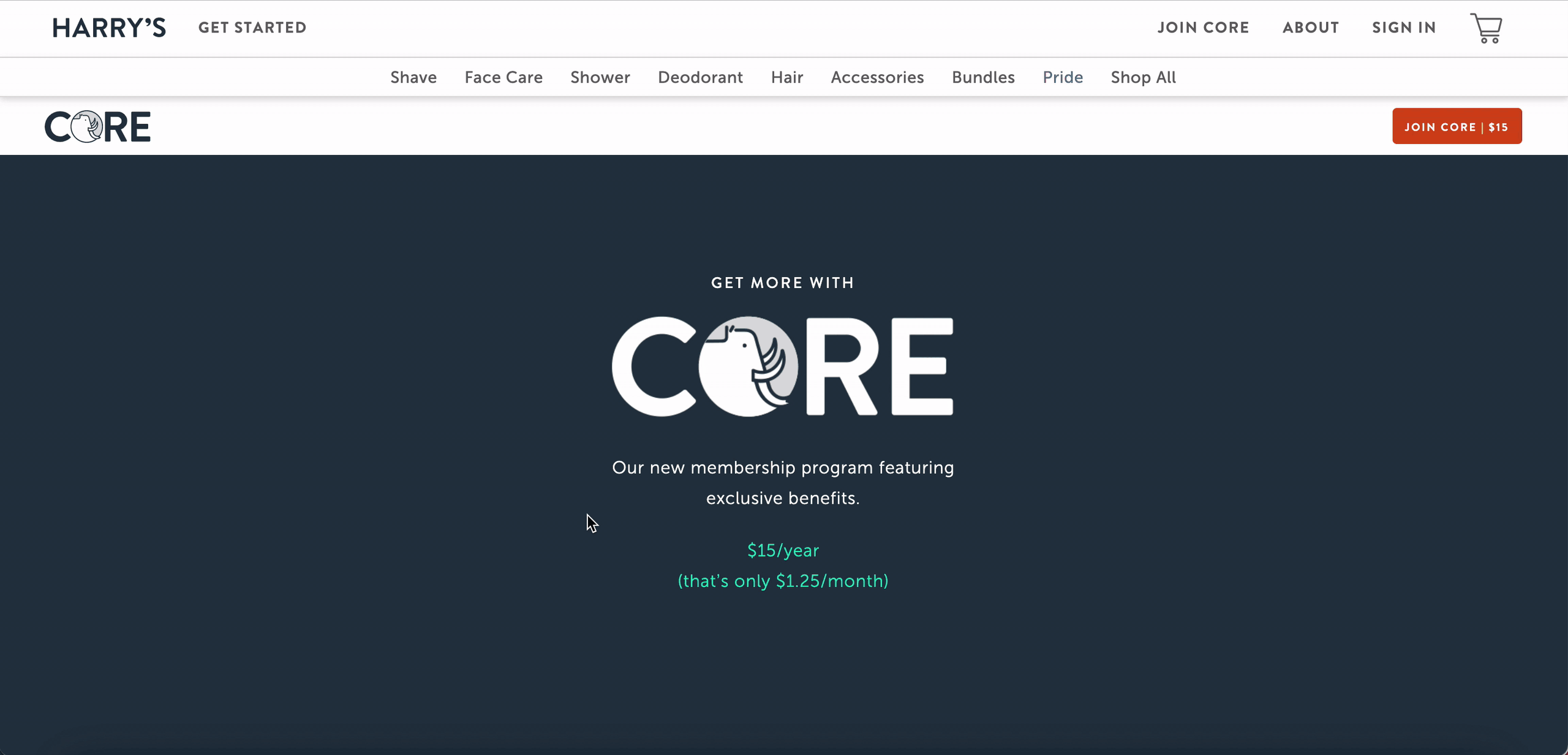
What incentives can you offer your customers in these loyalty programs?
Discounts, priority access to new products, gamified points system...
These are just a few of the ways to keep customers coming back to your store and thus improve RPR.
Improve transactional emails
What is this about transactional emails?
These emails are the ones that are sent when a customer places an order, when there are updates on the package shipment and confirmation emails.
And how can you improve these emails to increase your repeat purchase rate?
You could take advantage of this type of transactional emails to include relevant product recommendations to get the customer back to the store to buy and thus increase the RPR.
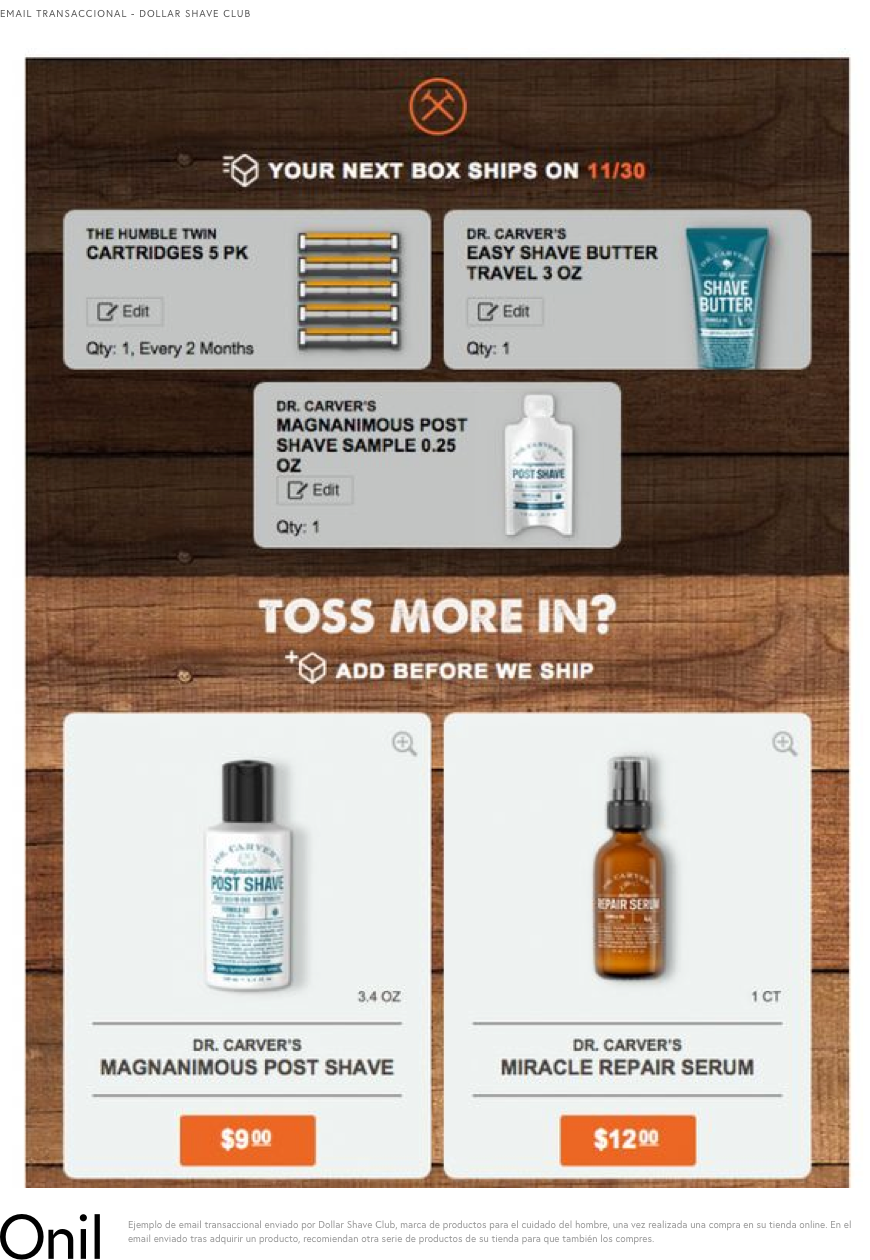
Purchase Frequency
Known in Spanish as "Purchase Frequency" can be defined as:
“The number of times an average customer purchases a product or service from a single seller in a given period of time.”
How can we calculate this rate?
The formula is very simple:
Total number of orders / Number of unique customers
Imagine that you want to know the "Purchase frequency" for the month of April. To do this, you have to take the total number of orders for April and the total number of unique customers of your store in that same month.
If the total number of orders in April is 1,000 and the number of unique customers in the same period is 750, what is the PF?
Apply the formula and you will know:
1,000 / 750 = 1.33
What does this number mean?
The result of 1.33 means that on average a customer buys 1.33 times the product or service you sell during the analyzed period.
In order to increase this result, as in all the previous cases, there are different strategies that you can carry out.
Focus your marketing actions on retaining customers
You can carry out marketing campaigns that focus on maintaining the current customer base, such as email marketing campaigns.
In order to increase the purchase frequency of a customer, you have to try to make the email campaigns highly targeted to each customer, so that it seems made exclusively for him, making him feel special and unique.
If, for example, a customer has bought a mobile phone in your online store, you can send them an email encouraging them to buy other products such as a portable charger for the mobile phone, wireless headphones, a case or any other related accessory.
make special offers
You can offer discounts or incentives to those customers who have already bought once in your store, so that they come back and buy more times.
You can take advantage of special occasions and festivities such as the anniversary of the opening of the store, Mother's Day or some other date that is special for you and you want to reward your customers with a discount coupon for your store.
This way, you encourage them to come back to your store and use that coupon before it expires.
Make retargeting ads
Another interesting way to get a customer to come back to your store to buy again is by using retargeting ads.
What is that retargeting?
Retargeting or remarketing is a digital marketing tactic in which ads are shown to people who have already visited or interacted with your website or a specific page.
That is, when a customer has already visited your online store or made a purchase, you can persuade them to come back and buy again thanks to these types of ads.
Conclusion
As has already been explained throughout the article, a KPI or key performance indicator is a very valuable tool that every company should take into consideration.
It is the best way to be able to make decisions about the progress of the business and other areas of the company based on data and information and not on mere conjectures.
They also help determine which of the strategies you are carrying out work and which ones must be changed or improved so that your business continues to function and grow.
Therefore, stop to think about what things in your business you want to improve and what are the metrics and KPIs necessary to be able to collect that information and start reviewing them periodically.
